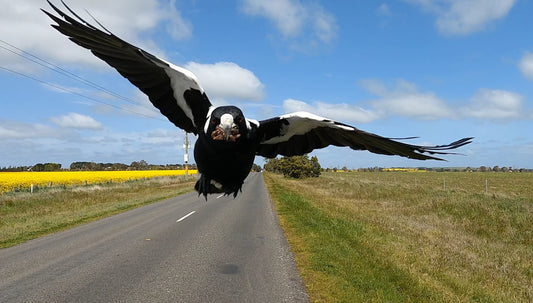Fixie is a word you hear a lot these days.
People talk about the fixie craze or buying a new fixie, but what are they talking about?
The most basic definition of a fixie is a ‘fixed gear bicycle’. Remember your old tricycle as a kid? The pedals were attached directly to the wheels. If the wheels turned, the pedals turned. If you pedaled forward, the wheel turned forward. If you pedaled backwards, the wheel would turn backwards.

Reid BLVD Singlespeed bike
YOUR KID’S TRICYCLE IS A FIXIE
When you grew up, you got a bike with a chain between the pedals and the wheels. This chain went around the gears on the rear wheel (called sprockets). These sprockets can turn relative to the wheel. This was great, because now you had a ‘freewheel’ on the rear wheel, which meant that the wheel kept turning even if you stopped pedalling. The pedals wouldn’t keep spinning around with the wheels like on your old tricycle. Time to ride fast down hills!
A fixie is a little different. It has a chain that attaches the pedal with the rear wheel, but it doesn’t have the freewheel that allows you to coast. It only has one gear. This means that you now have a grown-up bike but with the same connection to the wheels as you had on your tricycle. Why would anyone want that?
Well, the three biggest reasons are simplicity, speed and style.
SIMPLICITY
With a fixed gear bike, you have just one gear. In technical terms, you have one chainring (big sprocket at the pedals), one sprocket (the little one at the rear wheel), and a chain. That’s your whole drivetrain. You don’t need a second or third chaining, a front or rear derailleur, gear cables, gear levers or a freewheel! Basically, a fixed gear bike has fewer moving parts than any other style of bike. Because there’s so few parts, they’re simple and tough. There’s less to adjust and maintain.
SPEED
Fixed gear bikes are also the most efficient possible drivetrain. You get the maximum amount of power transfer between your legs and the wheels. That’s why all track bikes are fixed gear; track racers need maximum power and toughness with minimum parts. Apart from efficiency, riding a fixie gives you a feeling of pure connection between yourself, your bike and the road. You can slow the bike down just by pedalling slower. You feel attached to the bike in a way that’s hard to describe. In some ways, it feels more like running - you’re surefooted and in total control. You feel less like a pilot and more like a bird.
STYLE
The final reason for riding a fixie is style. Fewer mechanical parts makes for a tougher and more reliable bike but it also gives your bike cleaner lines, with less cables and clutter. right is a sweet ride. The clean lines and simplified design are elegant.
WHAT ABOUT SINGLESPEEDS?
If you like the style and practicality of a fixie, but don’t like the idea of being unable to coast, then a singlespeed bike is a great choice. Better fixies come with a ‘flip-flop’ hub. A ‘flip-flop’ hub means that the rear wheel has a fixed gear sprocket on one side and a freewheel sprocket on the other side. Put the wheel in one way, and it’s fixed gear. Flip the wheel and install it the other way, and it’ll coast. We call a bike set up like this a singlespeed, so it’s not technically a fixie, but only total bike nerds will give you a hard time about that. Don’t worry about them; just look good doing it.
GET ONTO IT
Now you know why you’d want a fixie. They make a great pub bike, commuter, first bike if you’re getting back into riding and can’t be bothered with gears or second bike for when the weather is bad and you don’t want to get your road bike wet. Reid Cycles has a range of singlespeed and fixed gear bikes online and in-store for you to check out and test ride, try it for yourself!
Got any questions, just Ask Reid.



